Home>Gardening & Outdoor>Landscaping Ideas>What Is The Best Grass For Pasture
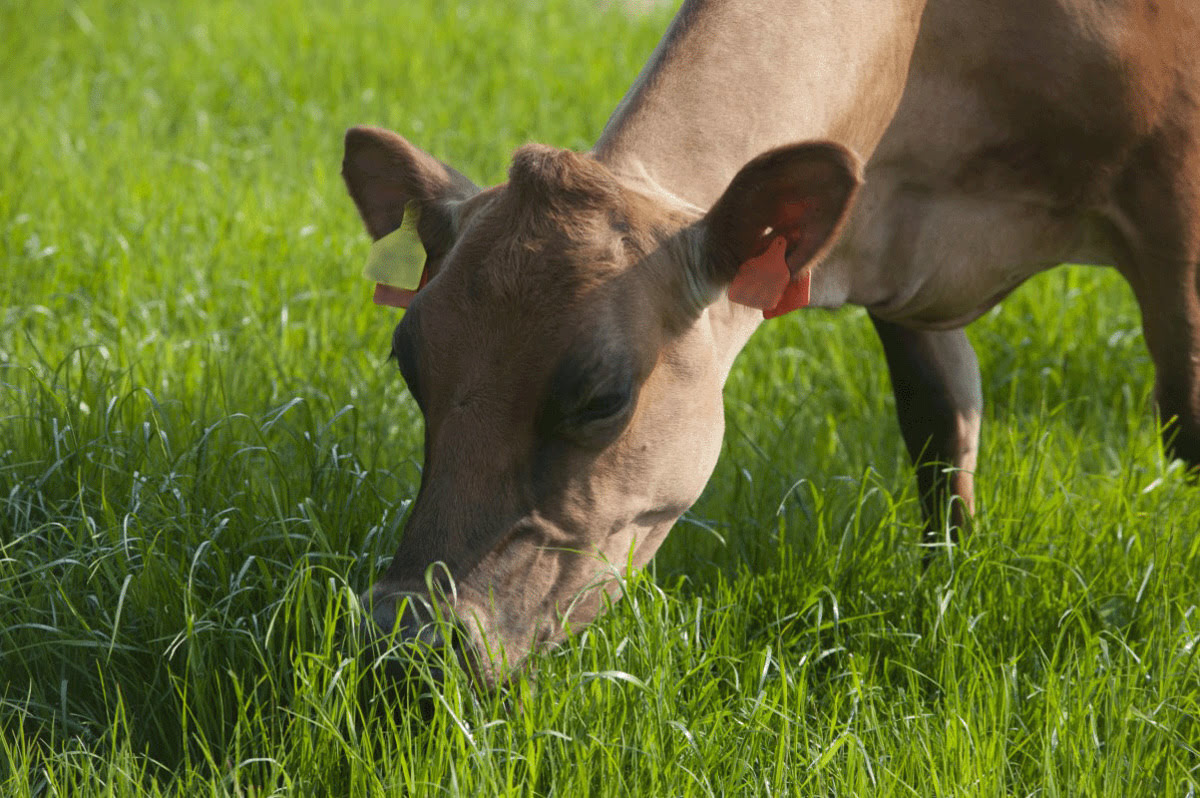

Landscaping Ideas
What Is The Best Grass For Pasture
Published: January 27, 2024
Discover the best grass for pasture with our expert landscaping ideas. Find the perfect solution for your grazing needs and maintain a healthy, lush pasture.
(Many of the links in this article redirect to a specific reviewed product. Your purchase of these products through affiliate links helps to generate commission for Storables.com, at no extra cost. Learn more)
Introduction
Welcome to the wonderful world of pasture grass! If you’re a farmer, rancher, or simply a nature enthusiast looking to create a lush and sustainable grazing environment for your livestock, understanding the nuances of pasture grass is crucial. The type of grass you choose can significantly impact the health and productivity of your animals, as well as the overall ecosystem of your land. In this comprehensive guide, we will delve into the various factors to consider when selecting pasture grass, explore the different types of grasses suitable for pasture, and discuss best practices for establishing and maintaining a thriving pasture grassland. So, grab your gardening gloves and let’s embark on this green journey together!
Key Takeaways:
- Choose pasture grass based on climate, soil, and animal preferences for healthy livestock and a sustainable ecosystem. Consider fescue, bermudagrass, orchardgrass, timothy, ryegrass, and clover for diverse grazing environments.
- Prepare soil, select diverse seed mixtures, and implement rotational grazing for a resilient pasture. Monitor and maintain forage quality to support livestock health and preserve the natural ecosystem.
Read more: How To Plant Pasture Grass
Factors to Consider When Choosing Pasture Grass
When it comes to choosing the best grass for your pasture, several factors should be taken into consideration to ensure the optimal health and productivity of your grazing animals. Let’s explore these essential considerations:
- Climate and Soil Conditions: The climate and soil type of your region play a crucial role in determining the most suitable pasture grass. Some grass species thrive in cool, wet climates, while others are more resilient in hot, arid environments. Similarly, certain grasses are well-adapted to sandy soils, while others prefer loamy or clay-based soils. Understanding your local climate and soil conditions is fundamental to making an informed choice.
- Forage Quality: The nutritional value of the grass, also known as forage quality, is a key consideration. High-quality forage provides essential nutrients for livestock, promoting their overall health and growth. Factors such as protein content, digestibility, and mineral composition contribute to forage quality and should be evaluated when selecting pasture grass.
- Grazing Patterns and Animal Preferences: Observing the grazing behavior and preferences of your livestock is essential. Some grass species are more palatable to certain animals, while others may be avoided. Understanding the grazing patterns and preferences of your livestock can help you choose grass varieties that will be readily consumed, promoting efficient foraging and minimizing waste.
- Disease and Pest Resistance: Selecting pasture grass with natural resistance to common diseases and pests can help minimize the need for chemical interventions and promote a healthier ecosystem. Resilient grass varieties can withstand environmental stressors and reduce the risk of widespread infestations, contributing to the overall sustainability of your pasture.
- Longevity and Persistence: Consider the longevity and persistence of the grass species under grazing pressure. Some grasses have robust regrowth capabilities, allowing them to withstand heavy grazing and recover quickly, while others may require periods of rest to thrive. Understanding the resilience and regrowth potential of different grass varieties is essential for maintaining a sustainable pasture over time.
By carefully evaluating these factors, you can make an informed decision when selecting the most suitable pasture grass for your specific needs and environmental conditions. Now that we’ve explored the essential considerations, let’s delve into the diverse types of grasses that are well-suited for pasture environments.
Types of Grasses for Pasture
As you venture into the realm of pasture management, understanding the diverse types of grasses suitable for grazing environments is essential. Each grass species offers unique characteristics and benefits, catering to specific climates, soil types, and livestock preferences. Let’s explore some of the most popular grasses used in pasture settings:
- Fescue: Tall fescue is a cool-season grass known for its resilience and adaptability. It thrives in a wide range of soil types and is often favored for its persistent growth and tolerance to heavy grazing. Fescue is valued for its durability and ability to withstand challenging environmental conditions.
- Bermudagrass: This warm-season grass is prized for its rapid growth and high productivity during the summer months. Bermudagrass exhibits excellent drought tolerance and thrives in well-drained soils. Its aggressive spreading nature makes it ideal for high-traffic grazing areas.
- Orchardgrass: Orchardgrass is a versatile cool-season grass known for its rapid regrowth and palatability. It is valued for its high forage quality and is well-suited for both grazing and hay production. Orchardgrass performs best in fertile, well-drained soils.
- Timothy: A classic cool-season grass, timothy is cherished for its high nutritional value and low risk of causing bloat in livestock. It thrives in moist, well-drained soils and is often included in pasture blends to enhance forage diversity and quality.
- Ryegrass: Annual and perennial ryegrass varieties are popular choices for pasture due to their rapid establishment and high productivity. These cool-season grasses are well-suited for overseeding warm-season pastures and provide valuable forage during the cooler months.
- Clover: While not a grass, clover is a valuable legume often included in pasture mixes for its nitrogen-fixing capabilities and nutritional benefits. Red clover, white clover, and other clover species contribute to forage diversity and provide essential nutrients for grazing animals.
These are just a few examples of the diverse grasses and legumes that can be incorporated into pasture systems to create a well-rounded and nutritious grazing environment for livestock. Each grass species offers distinct advantages and considerations, allowing you to tailor your pasture composition to meet the specific needs of your land and livestock.
Now that we’ve explored the types of grasses suitable for pasture, let’s delve into best practices for establishing and maintaining a thriving pasture grassland.
Consider using a mix of cool-season grasses like fescue, ryegrass, and clover for a diverse and resilient pasture. These grasses provide good nutrition for grazing animals and can withstand varying weather conditions.
Best Practices for Establishing and Maintaining Pasture Grass
Establishing and maintaining a flourishing pasture grassland requires careful planning, thoughtful management, and a deep understanding of the ecological dynamics at play. By implementing best practices, you can create a resilient and productive grazing environment for your livestock. Let’s explore key strategies for establishing and maintaining healthy pasture grass:
- Soil Preparation: Prior to seeding, assess the soil quality and address any deficiencies. Conduct soil tests to determine nutrient levels and pH, and make necessary amendments to create an optimal growing environment for pasture grass. Proper soil preparation sets the stage for successful establishment and long-term productivity.
- Seed Selection and Mixtures: Choose grass and legume species that align with your climate, soil type, and livestock requirements. Consider diverse seed mixtures to enhance forage quality and provide a balanced diet for grazing animals. Selecting a blend of cool-season and warm-season grasses can extend the grazing season and maximize productivity.
- Seeding Techniques: Whether using traditional broadcasting methods or precision drilling, ensure proper seed-to-soil contact for successful germination. Adequate seed depth, soil coverage, and seed-to-soil contact are critical for optimal establishment. Consider timing your seeding efforts to coincide with favorable weather conditions for germination and early growth.
- Grazing Management: Implement rotational grazing practices to prevent overgrazing and promote healthy regrowth. Dividing pastures into smaller paddocks allows for controlled grazing periods, giving grasses adequate time to recover and replenish energy reserves. Rotational grazing supports sustainable forage production and minimizes soil compaction.
- Water Management: Ensure access to clean and reliable water sources for grazing animals. Proper water distribution within pastures supports even forage utilization and encourages livestock to graze across the entire area. Effective water management contributes to the overall health of the pasture ecosystem.
- Monitoring and Maintenance: Regularly assess the condition of your pasture grassland, monitoring forage height, weed encroachment, and overall plant health. Address any weed infestations promptly and consider overseeding or interseeding to maintain forage diversity and productivity. Periodic soil testing and fertilization can support ongoing vitality.
By implementing these best practices, you can establish and maintain a resilient and productive pasture grassland that supports the health and vitality of your livestock while preserving the natural ecosystem. Now, let’s conclude our exploration of pasture grass management with a brief summary.
Conclusion
Congratulations! You’ve embarked on a journey through the verdant landscapes of pasture grass management, gaining insights into the crucial factors influencing the selection of grass species, the diverse types of grasses suitable for grazing environments, and the best practices for establishing and maintaining a thriving pasture grassland. As you’ve discovered, the careful consideration of climate, soil conditions, forage quality, and grazing patterns is paramount when choosing the best grass for your pasture. Understanding the unique characteristics and benefits of grass species such as fescue, bermudagrass, orchardgrass, timothy, ryegrass, and clover empowers you to create a well-rounded and nutritious grazing environment for your livestock.
Implementing best practices, from soil preparation and seed selection to grazing management and ongoing monitoring, allows you to cultivate a resilient and productive pasture grassland that supports the health and vitality of your animals while preserving the natural ecosystem. By fostering a harmonious balance between livestock needs and environmental sustainability, you contribute to the long-term health of your land and the well-being of your grazing animals.
As you continue your journey as a steward of the land, remember that pasture grass management is an ongoing endeavor that requires attentive observation, adaptive strategies, and a deep appreciation for the interconnectedness of soil, plants, animals, and the environment. Embrace the ever-evolving nature of pasture management, and seek opportunities to expand your knowledge, refine your practices, and cultivate a thriving and sustainable grazing landscape.
May your pasture grass flourish, your livestock thrive, and your land abound with vitality and abundance. Here’s to the green pastures that nourish and sustain us all!
Frequently Asked Questions about What Is The Best Grass For Pasture
Was this page helpful?
At Storables.com, we guarantee accurate and reliable information. Our content, validated by Expert Board Contributors, is crafted following stringent Editorial Policies. We're committed to providing you with well-researched, expert-backed insights for all your informational needs.
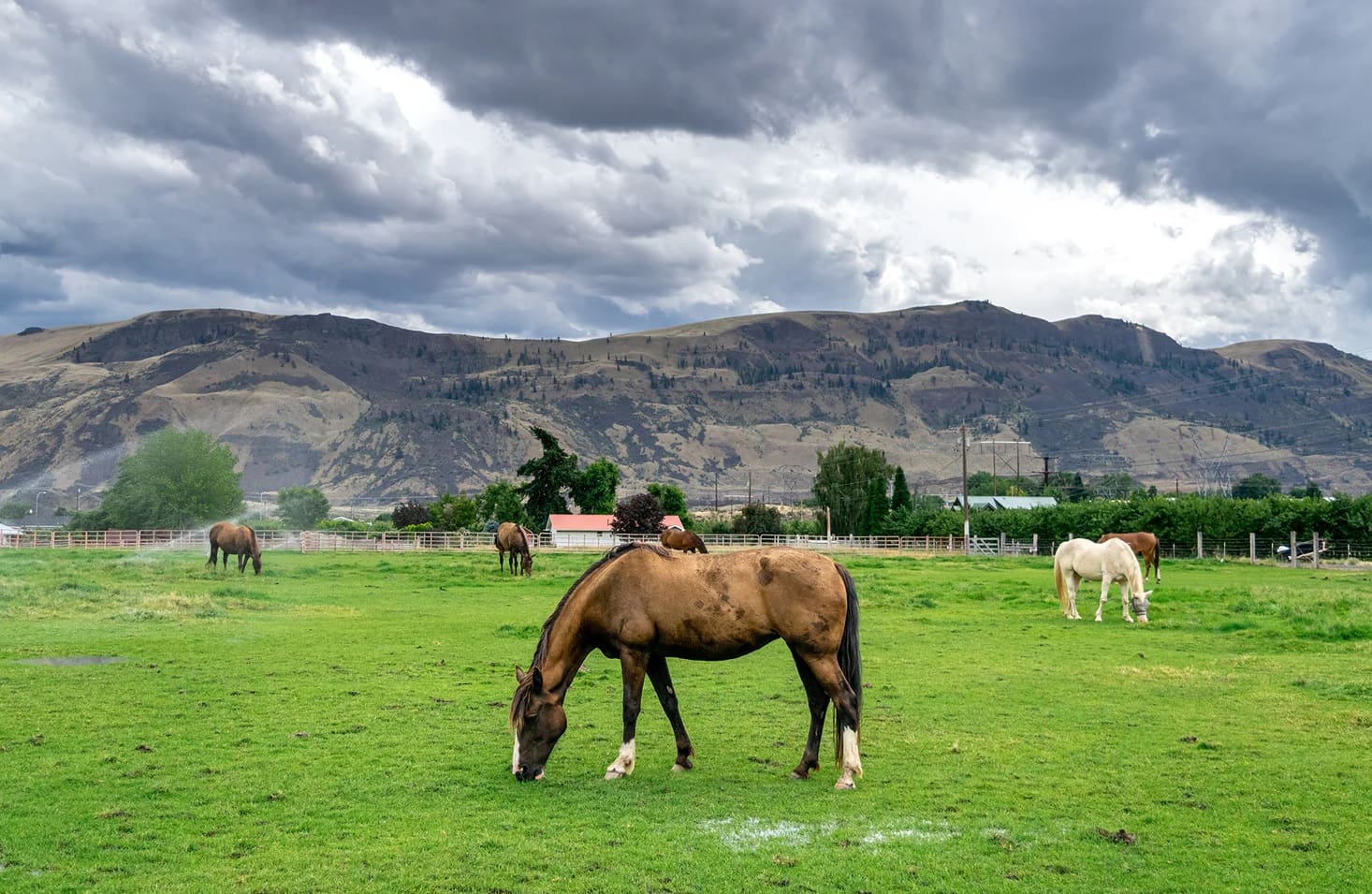
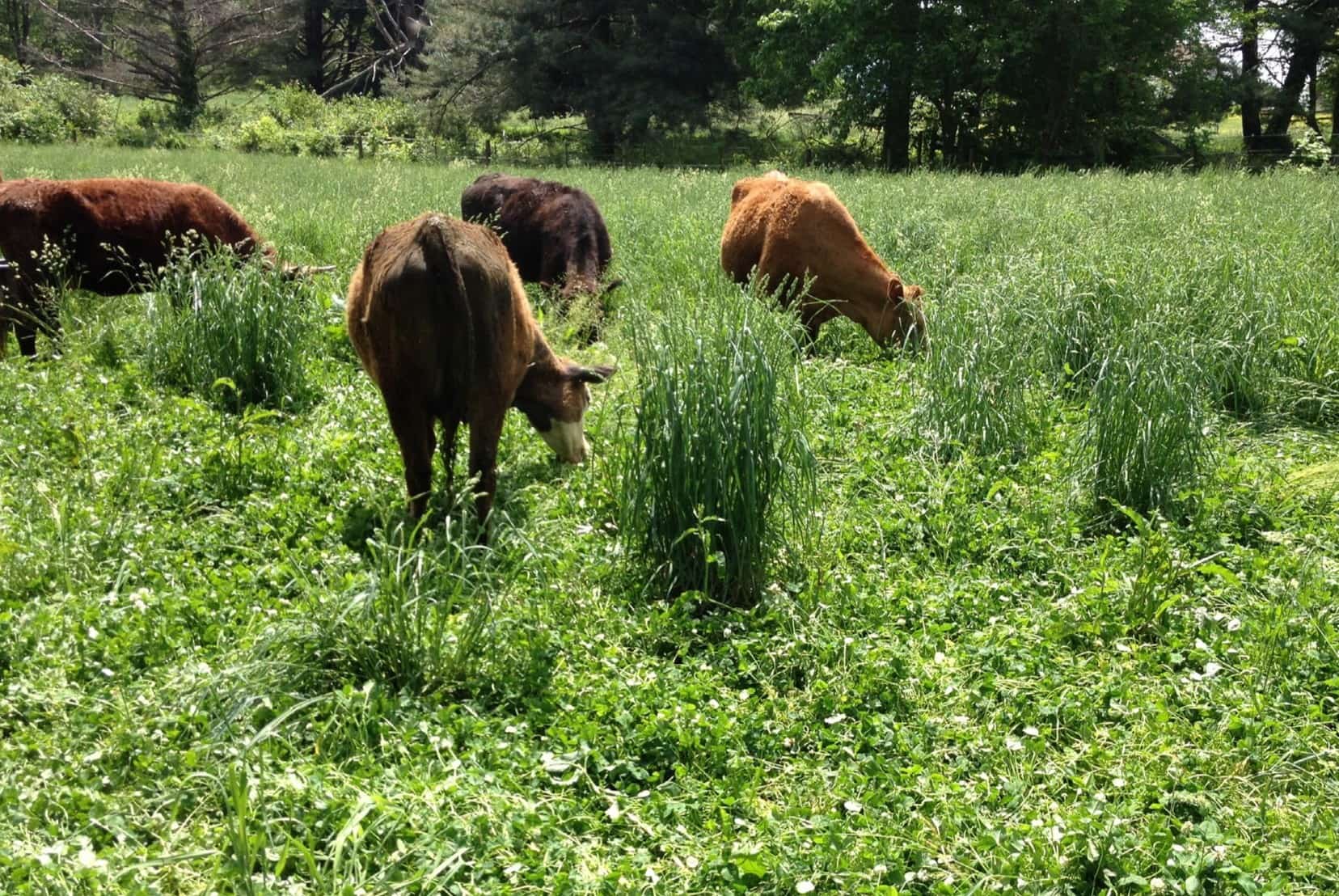
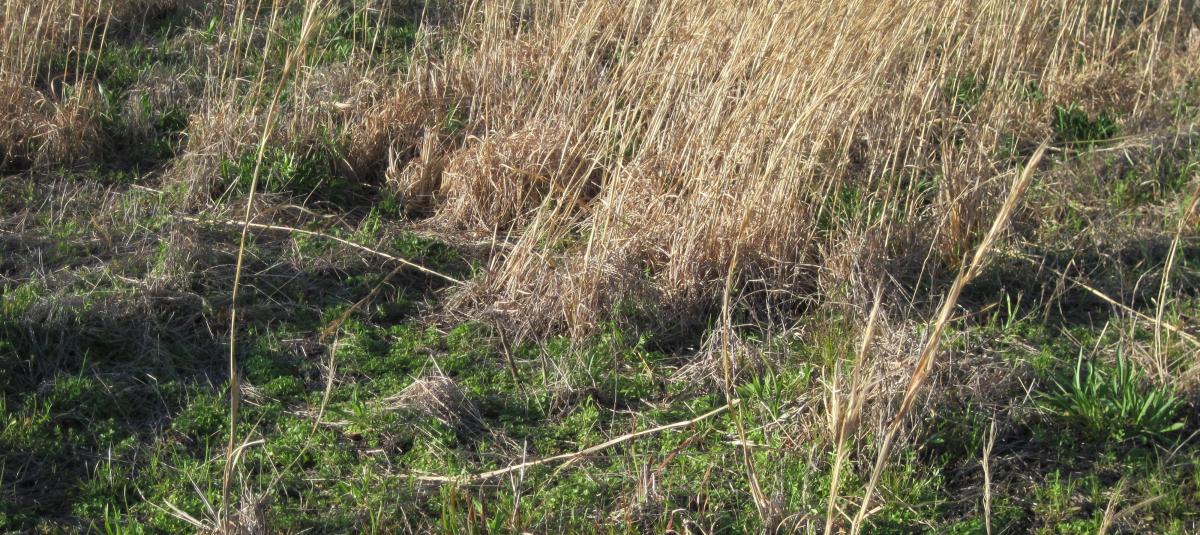
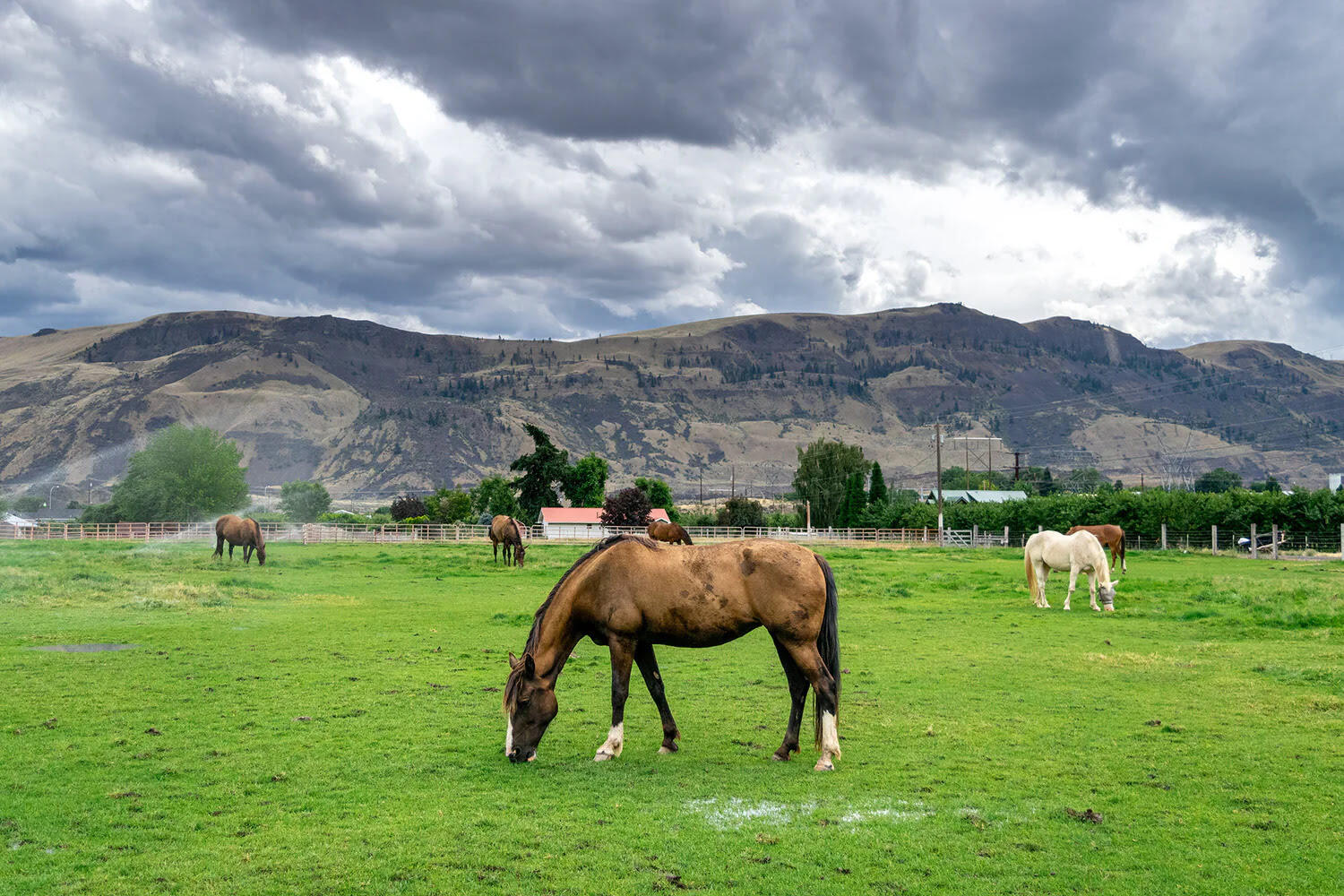
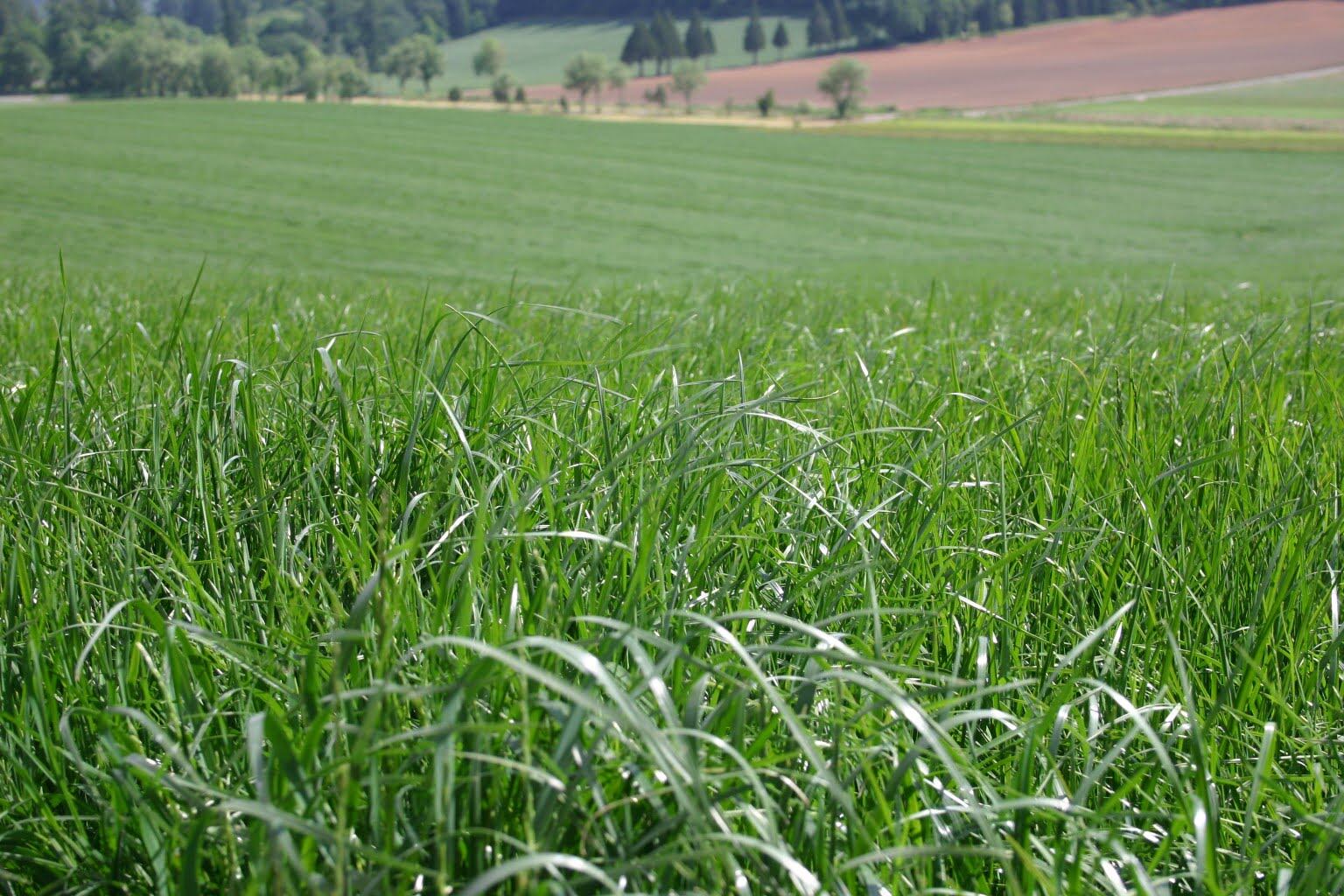
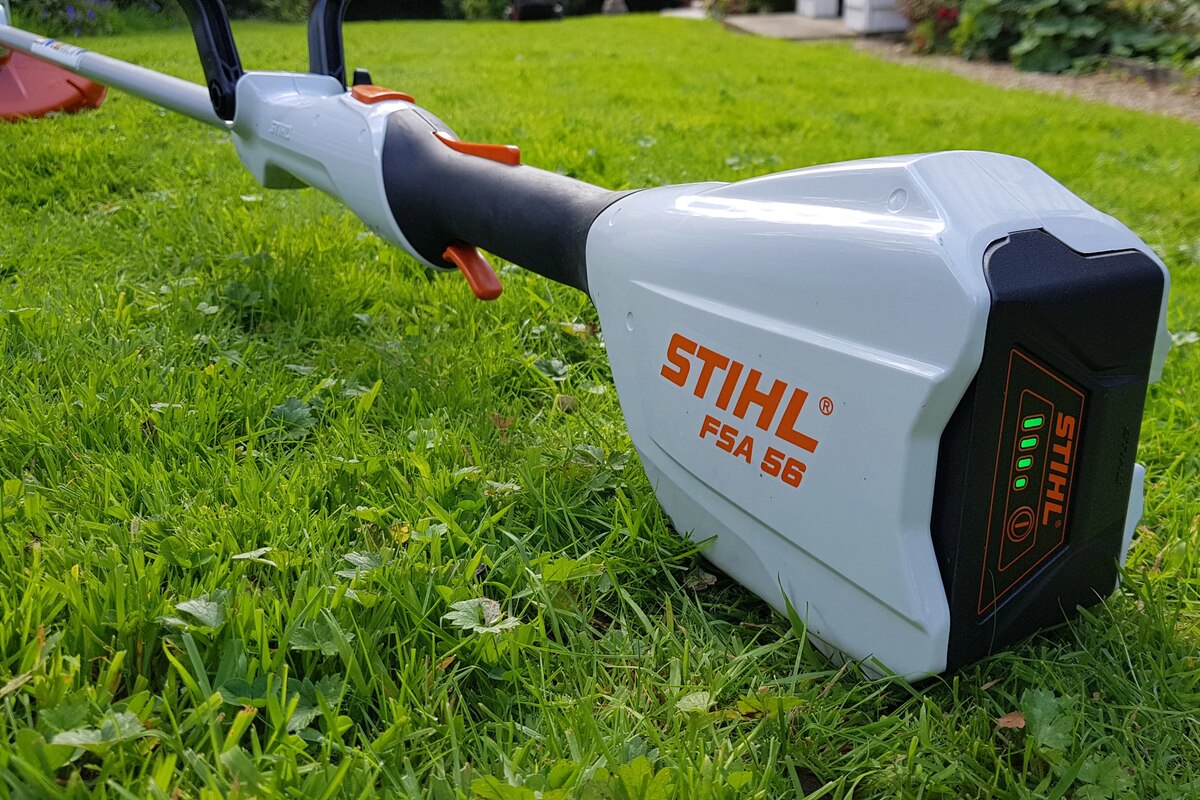
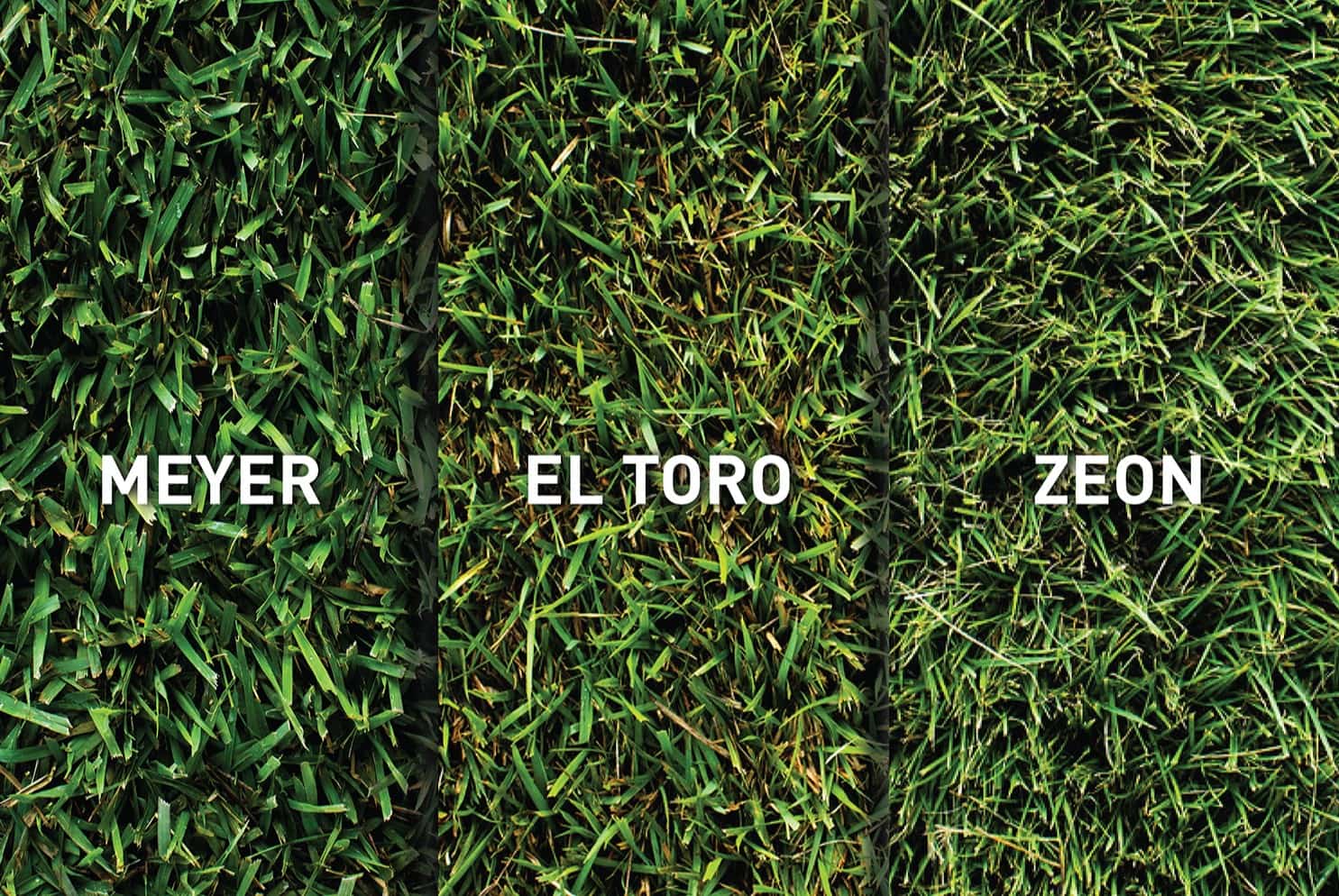

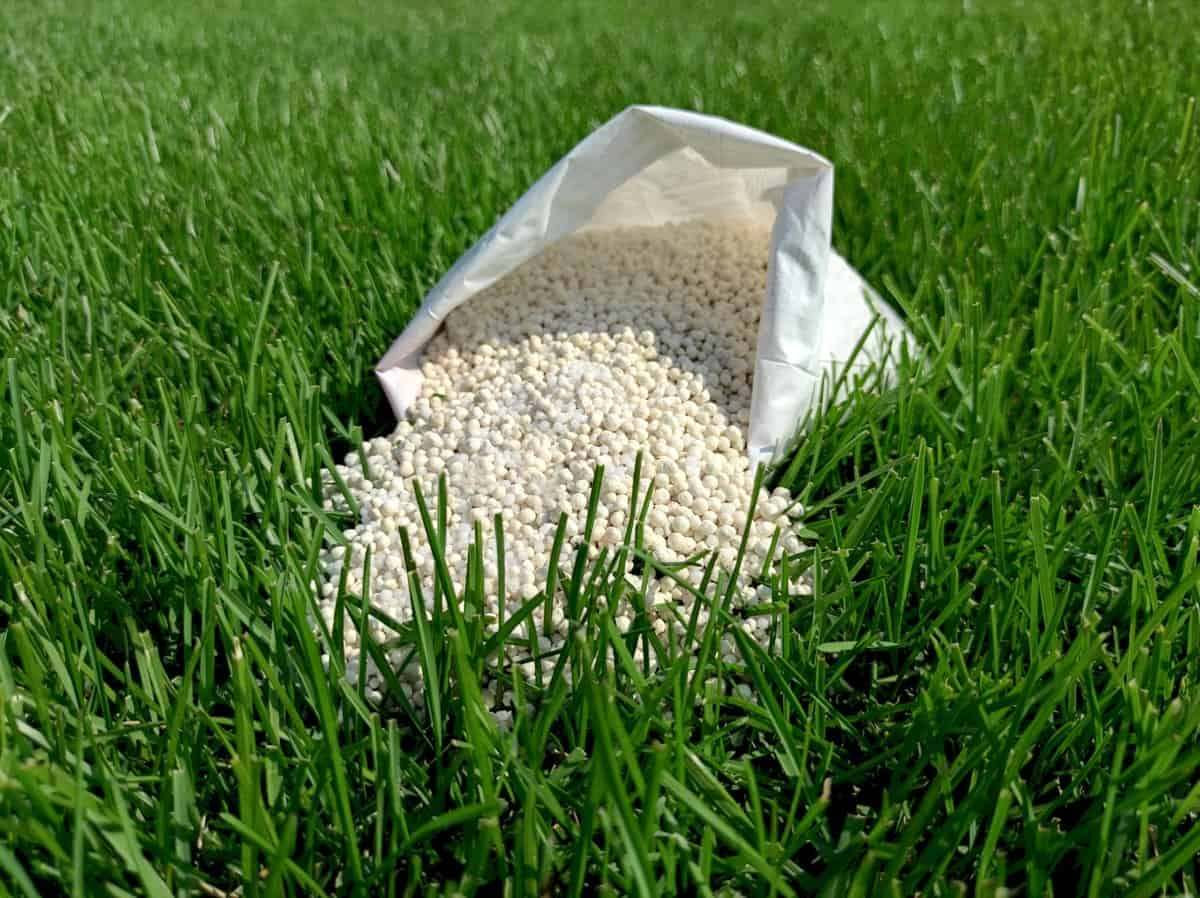
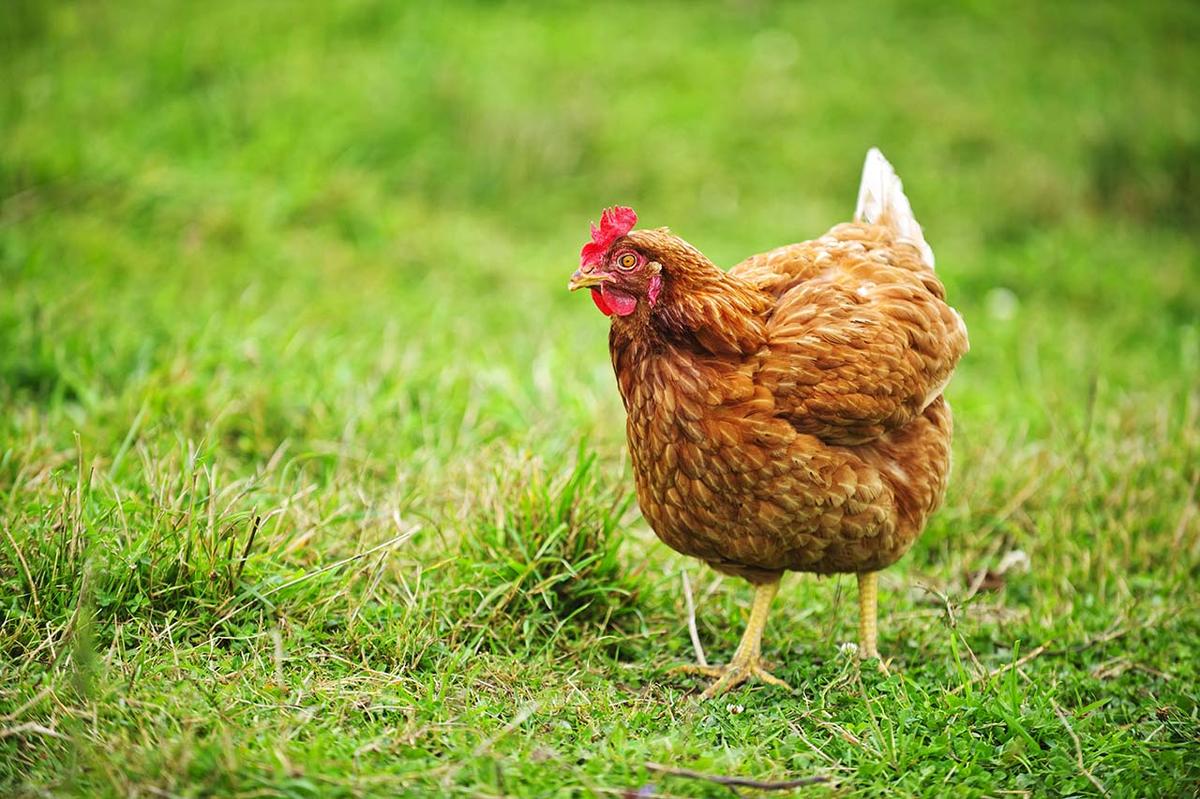
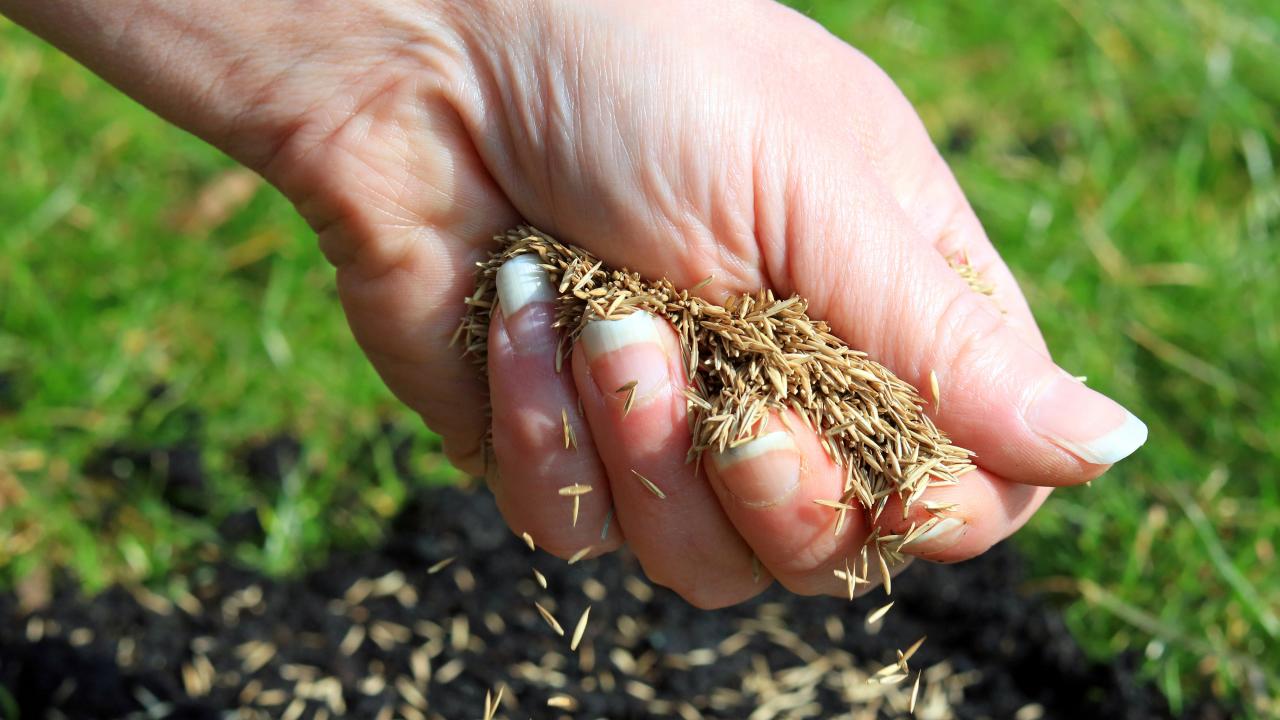
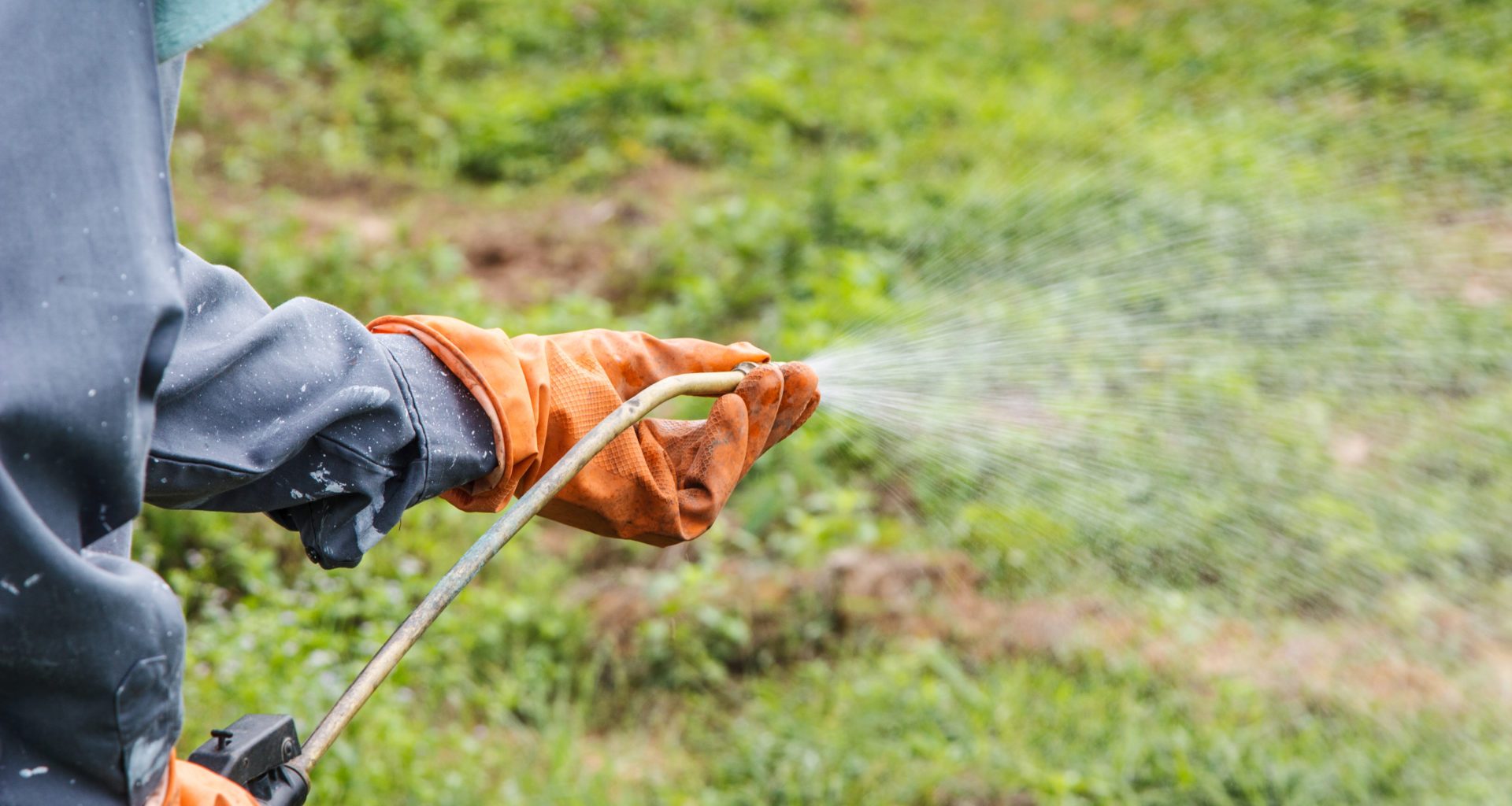
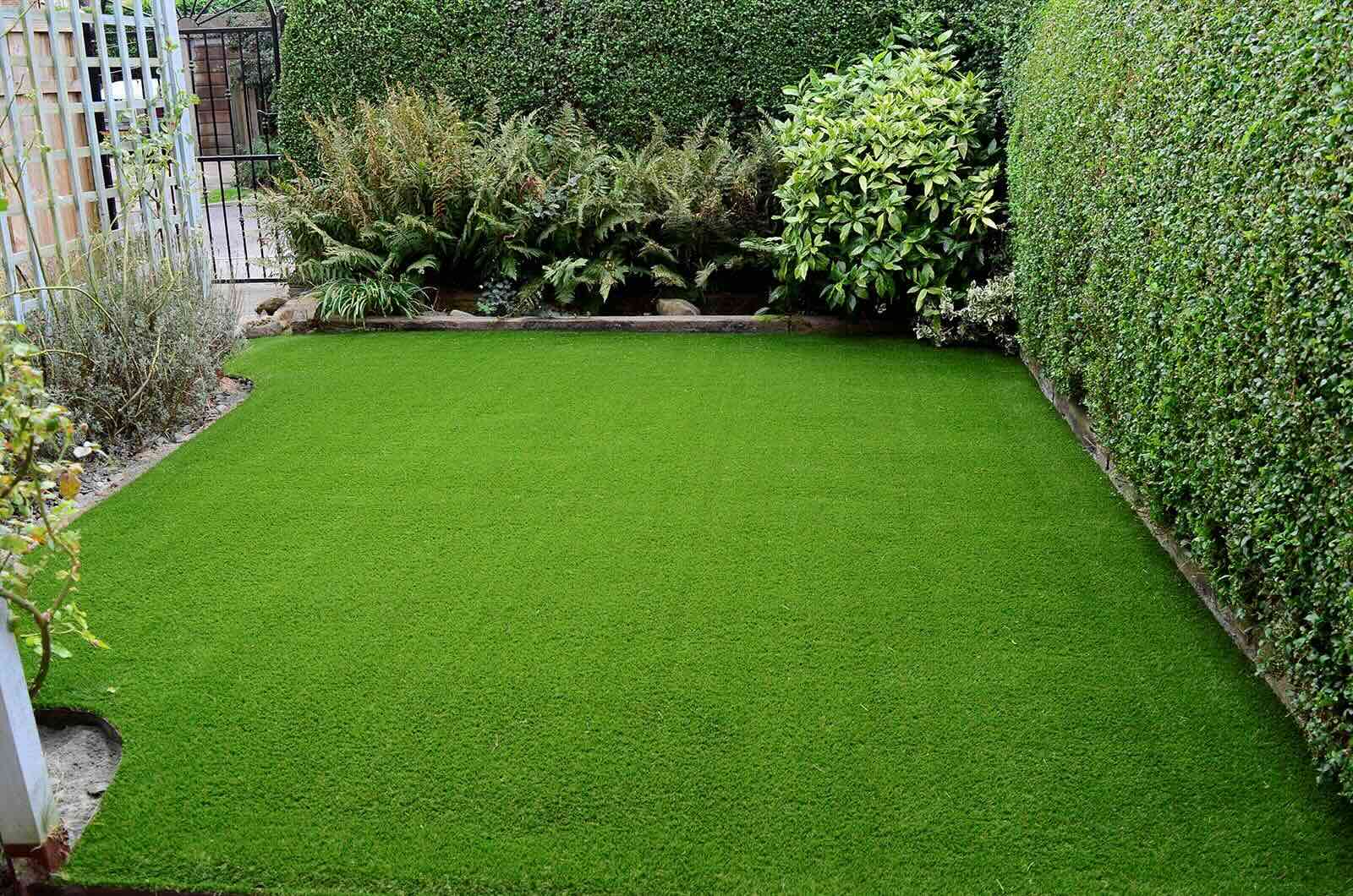



0 thoughts on “What Is The Best Grass For Pasture”